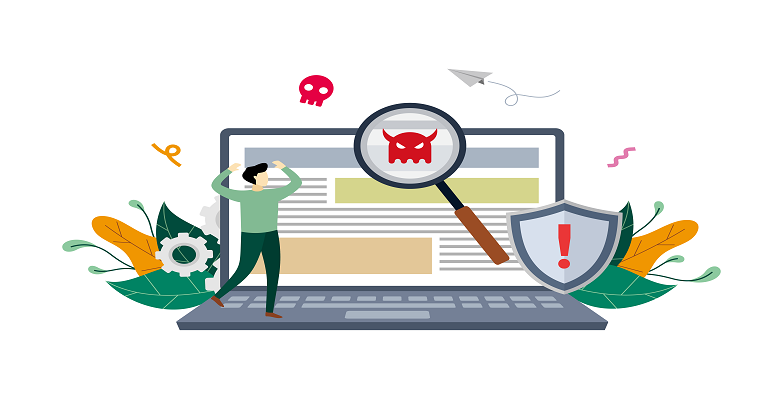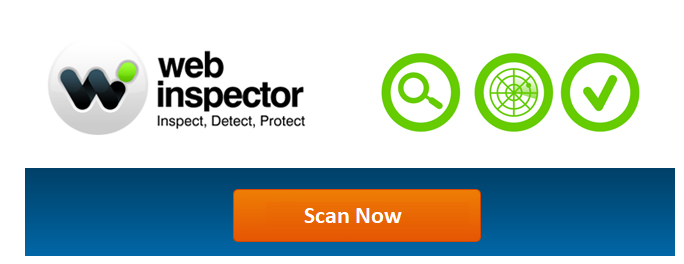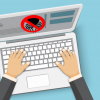How to scan URLs for malware
A Universal Resource Locator, commonly called a URL, is a unique address to a particular resource on the internet. It can lead to a website, image, or a specific document. With a URL, you only need to insert it into the location bar to redirect the required online folder, website, image, or document. This article offers complete insight on how to scan URL for malware and also provides a free malware scanner.
At least 70% of websites have loopholes that can be exploited by hackers interested in gaining access to company information or customer details. Many organizations have fallen victim to malicious cyberattacks for failing to update their website security protocols, or getting website security altogether. Most website owners underestimate the dangers that lurk online and assume that the cost of installing server security software is too high. What most of them do not know is that getting hacked and data loss can be more expensive in the long run than protecting their sites and servers.
Every day, more than one million URL malware threats are released. It is essential for anyone with a website to know how to check for and handle URL malware. One of the ways you can check for Website Malware is by learning how to check for site malware manually. The other way is by using website malware scanners. The second way is the most effective method. The malware scanner checks URL for malware and automatically removes any threats.
Common website malware vulnerabilities
- Top URL vulnerabilities include:
- Cross-Site Scripting
- SQL Injection
- Sensitive Data Exposure
- Missing Function Level Access Control
- Security Misconfiguration
- Components with known vulnerabilities
- Insecure Direct Object References
- Unvalidated redirects and Forwards
- Broken Authentication and Session Management
- Cross Site Request Forgery (CSRF)
How to look for signs of malware
Sometimes the sign for malware is not always obvious. Most website owners assume that the best way to tell of a malware attack is to check for website defacement. While changes in the visual appearance of a website is a common sign, it is not the only one. Defacement malware only makes up less than 15% of all URL malware attacks. This goes to show how malware attacks can be elusive and how well they can hide in plain sight.
Other common tell-tale signs of URL malware attack include:
- Changes of URL login details without your knowledge
- Modification or deletion of website files without your knowledge
- Crashing or constant freezing of the website
- Notable changes in Google search results, including harmful content warning and blacklisting.
- A rapid increase in traffic
If you notice any of these common signs of a malware attack, there are specific steps you can follow to see if your suspicion is right.
Steps to Scan url for malware
If you are suspicious that your URL might have malware, a good website malware scanner can help you to know for sure whether you have been hacked. Some IT companies online offer free website malware scanning services. It is always advisable to go for a paid version if you want to enjoy maximum access to website malware removal tools and services. Cwatch from Comodo is a good example of a website malware scanner that offers numerous benefits. You can use the free version to scan for malware vulnerabilities on your website and enjoy efficient web security. With Webinspector free Scan URL for Malware get notified on malicious codes and files that enter your site before hackers cause serious threats to your system.
Free website malware scanner
According to statistics, cybercriminals are more active today than they have ever been. This has seen a significant increase in their attempted attack by at least 20%. With the increasing level of internet criminal activity, you will need a malware scanner that can keep up with the trends. The best website scanner should be able to automatically scan your website for malware and remove it even before it becomes a problem.
The BarracudaCentral.org is one of the best cybersecurity scanners in the market. It keeps a complete database of potentially harmful IP addresses known to send fake URLs via emails. This information is what is used to update and maintain the Barracuda Central firewall. When you install this scanner, it will automatically block any malicious messages or links.
Installing an automatic website malware scanner can save you time and money since it allows you to get ahead of infection. This can go a long way in mitigating the impact of the infection on your business and visitors. These automatic scanners will scan for the most common URL malware, including shell scripts, spam, and backdoor files. You will be alerted if the malware scanner comes across suspicious files or activity on your website.
If you choose for the free website scanners, ensure the program you use meets the following criteria:
- Check how efficient and fast the scanner can work and choose the most effective one. These free tools are meant for threat detection and response.
- It should be able to give you a detailed report of your website’s activities and performance. You can use this information to reduce false negatives.
- The tool should not affect your website’s performance and should solely focus on protecting your website and reporting any suspicious activities as often as possible.
- The scanner should be easy to operate on your website. This makes it easy for the staff to clean a hacked website.
Related Resources :
WordPress Security
Website Backup
Website Status
Website Malware Removal
URL Scanner








